There is a lot of info out there on Axis, especially German, prototypes and projects for emergency fighters--generally small, simple, easy-to-mass produce alternatives to exisiting fighters often using non-strategic materials like wood and mild steel. I'd like to learn more about Allied emergency fighter prototypes and projects, especially those conceived or built during the early years of WWII when things were looking pretty grim. I am not talking about desperate expedients like arming light trainers, I mean aircraft designed as emergency fighters.
Off the top of my head I can think of two (not counting the Commonwealth Boomerang, which actually entered production):
1) The British Miles M.20 (1940-41, two prototypes) used the same Merlin engine as the early Hurricane and Spitfire (actually the firewall-forward "power egg" from a Lancaster or Beaufighter) and managed to be faster than the Hurricane and a little slower than the Spifire despite the fixed gear. With thick wings and no undercart to stow it had room for twice the fuel and ammo of the other designs, which would have made for an excellent combat radius or long loiter time on patrol. Its wooden construction (based mostly on Master advanced trainer components) did not compete for the limited alloy suppy. But once the Battle of Britain was won and production of other fighters had caught up, there was little need. The second prototype to a shipboard fighter specification was also not picked up, perhaps because of naval suspicion of wooden construction and because the outmoded Spits and Hurricanes were already being converted for naval use.

2) The American Bell XP-77 (1941-44, two prototypes) was a lighweight, low-powered fighter designed to use non-strategic wood in its construction. It had racy lines and good ground handling thanks to the retractable tricycle gear, but the two prototypes proved overwieght, underpowered and tricky to fly, one being lost when the pilot bailed out unable to recover from a spin.

Does anyone have any more Allied emergency fighter projects? Perhaps paper or prototype competitiors to the XP-77 to start?
Cheers,
Matthew
Off the top of my head I can think of two (not counting the Commonwealth Boomerang, which actually entered production):
1) The British Miles M.20 (1940-41, two prototypes) used the same Merlin engine as the early Hurricane and Spitfire (actually the firewall-forward "power egg" from a Lancaster or Beaufighter) and managed to be faster than the Hurricane and a little slower than the Spifire despite the fixed gear. With thick wings and no undercart to stow it had room for twice the fuel and ammo of the other designs, which would have made for an excellent combat radius or long loiter time on patrol. Its wooden construction (based mostly on Master advanced trainer components) did not compete for the limited alloy suppy. But once the Battle of Britain was won and production of other fighters had caught up, there was little need. The second prototype to a shipboard fighter specification was also not picked up, perhaps because of naval suspicion of wooden construction and because the outmoded Spits and Hurricanes were already being converted for naval use.

2) The American Bell XP-77 (1941-44, two prototypes) was a lighweight, low-powered fighter designed to use non-strategic wood in its construction. It had racy lines and good ground handling thanks to the retractable tricycle gear, but the two prototypes proved overwieght, underpowered and tricky to fly, one being lost when the pilot bailed out unable to recover from a spin.

Does anyone have any more Allied emergency fighter projects? Perhaps paper or prototype competitiors to the XP-77 to start?
Cheers,
Matthew



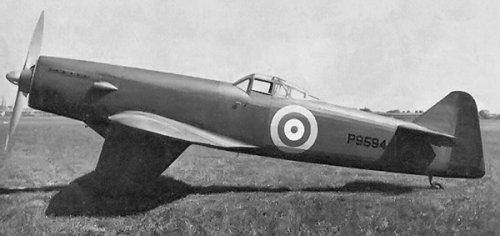
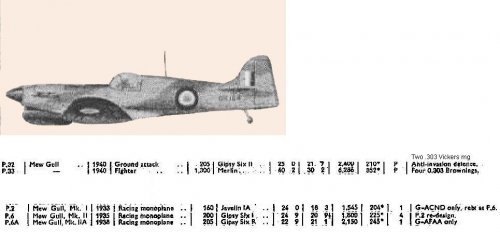
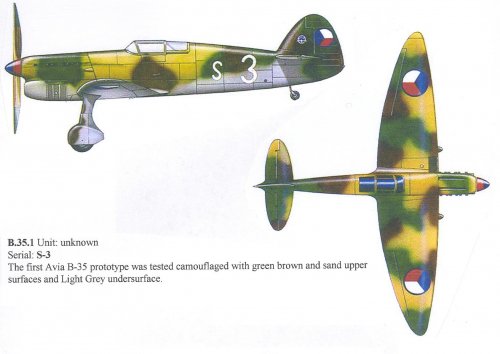
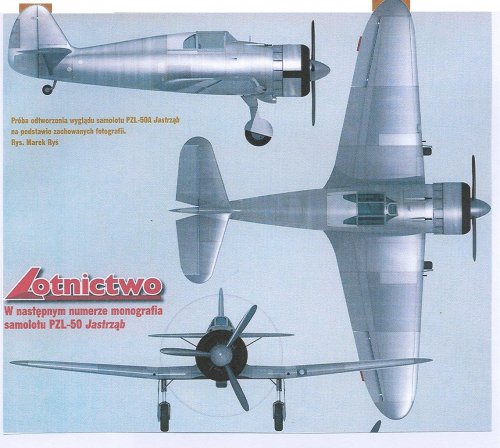
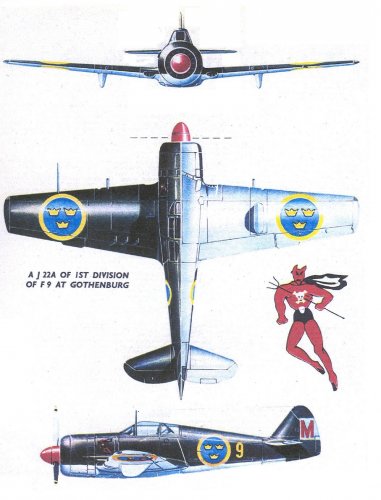
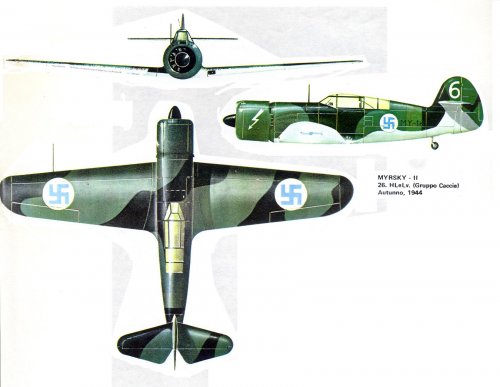
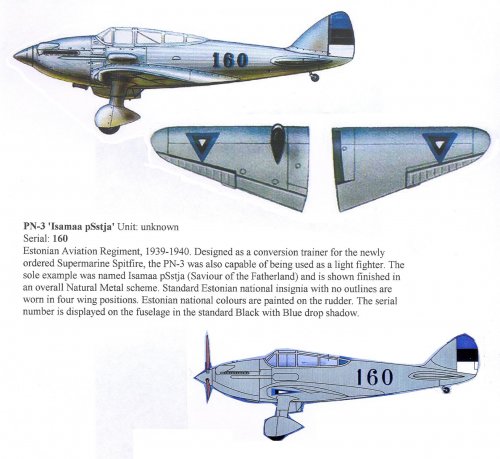
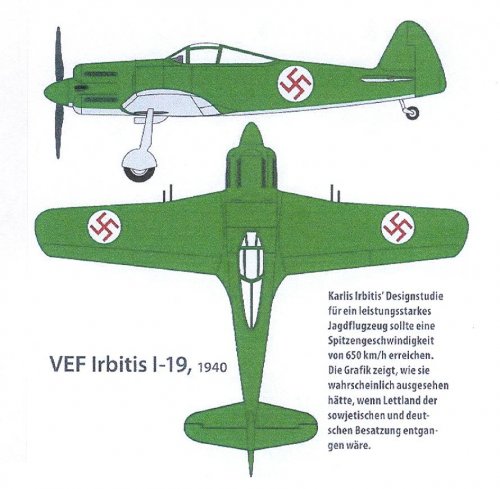
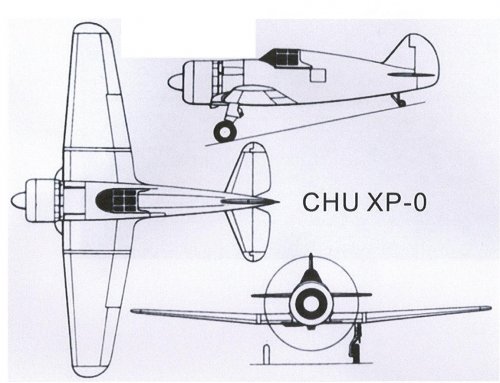
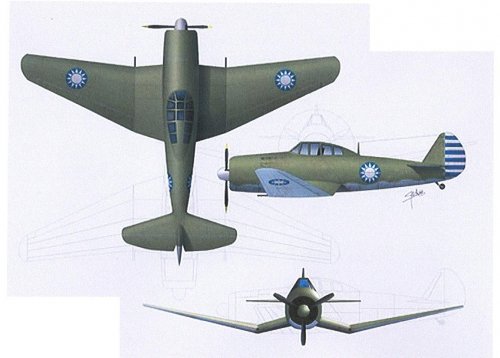
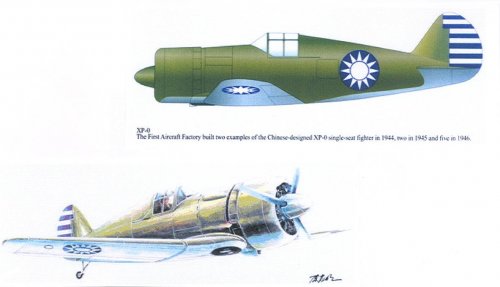
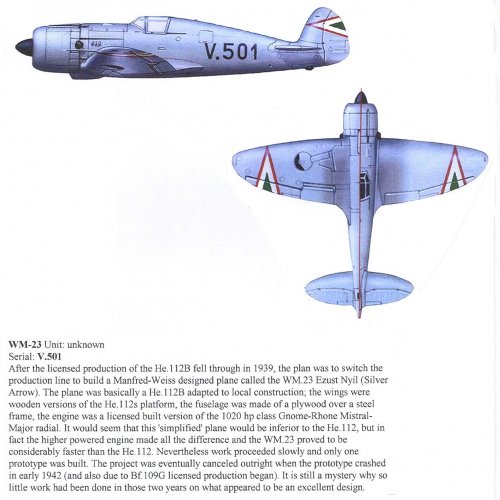
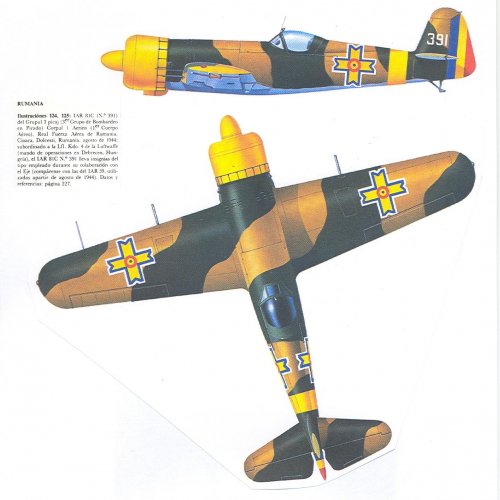
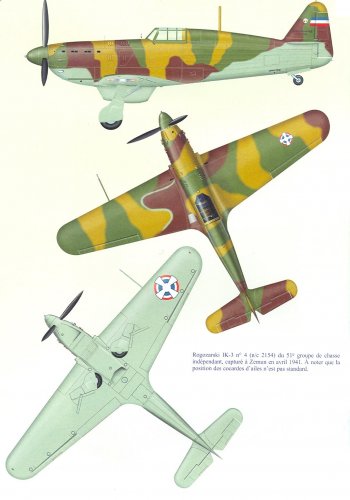
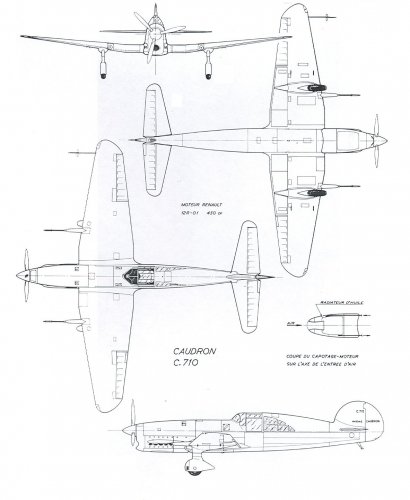
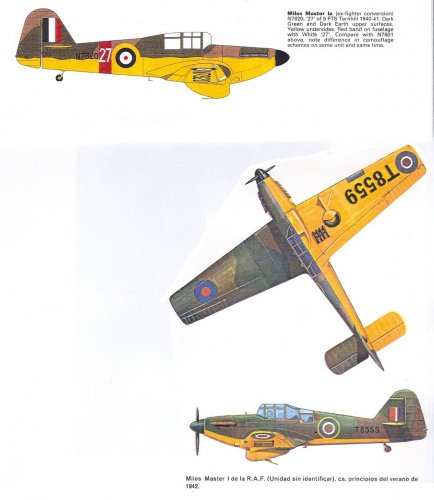
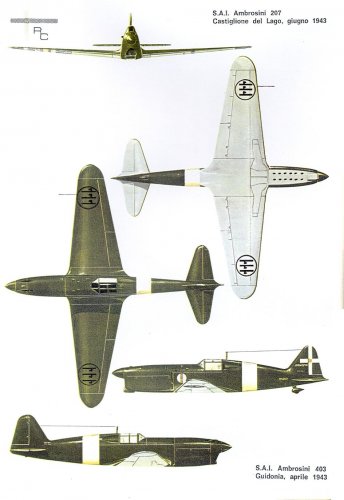
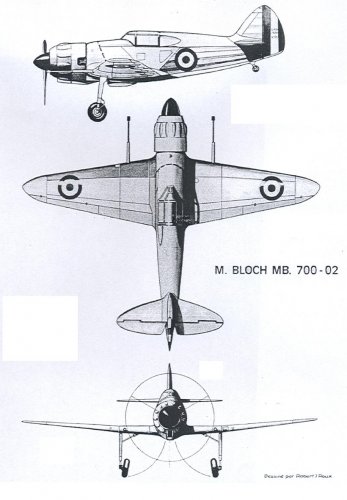
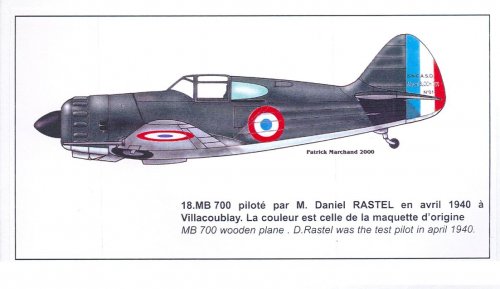
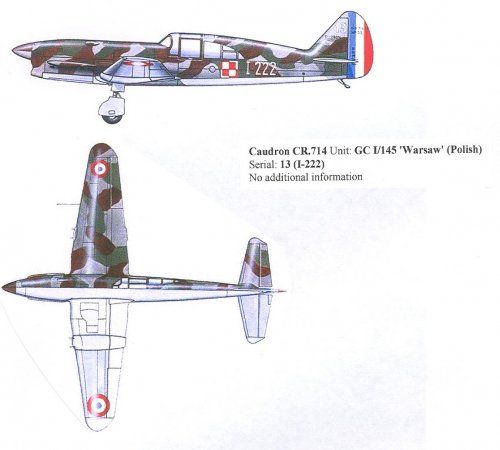
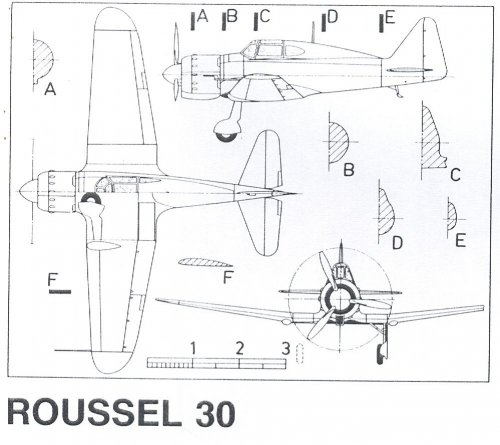
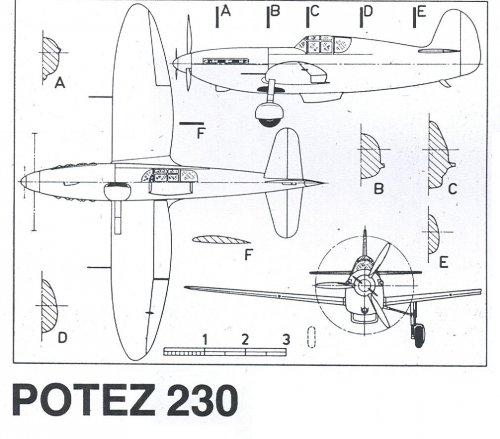
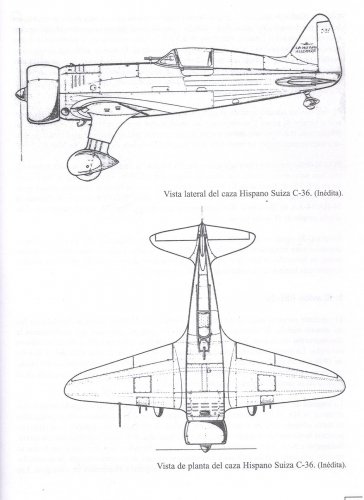
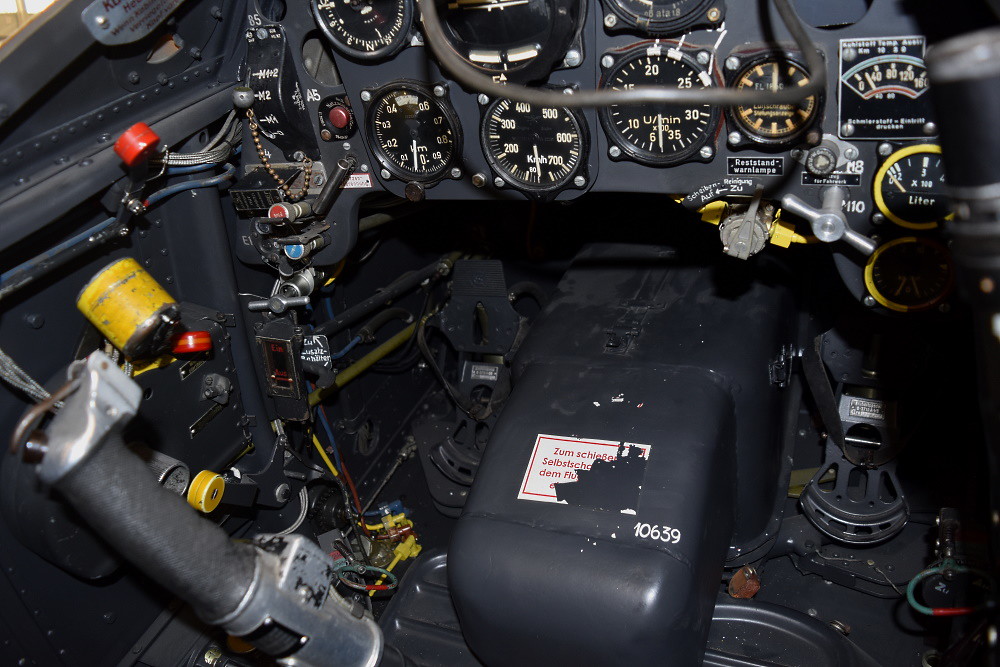 Motor cannon
Motor cannon